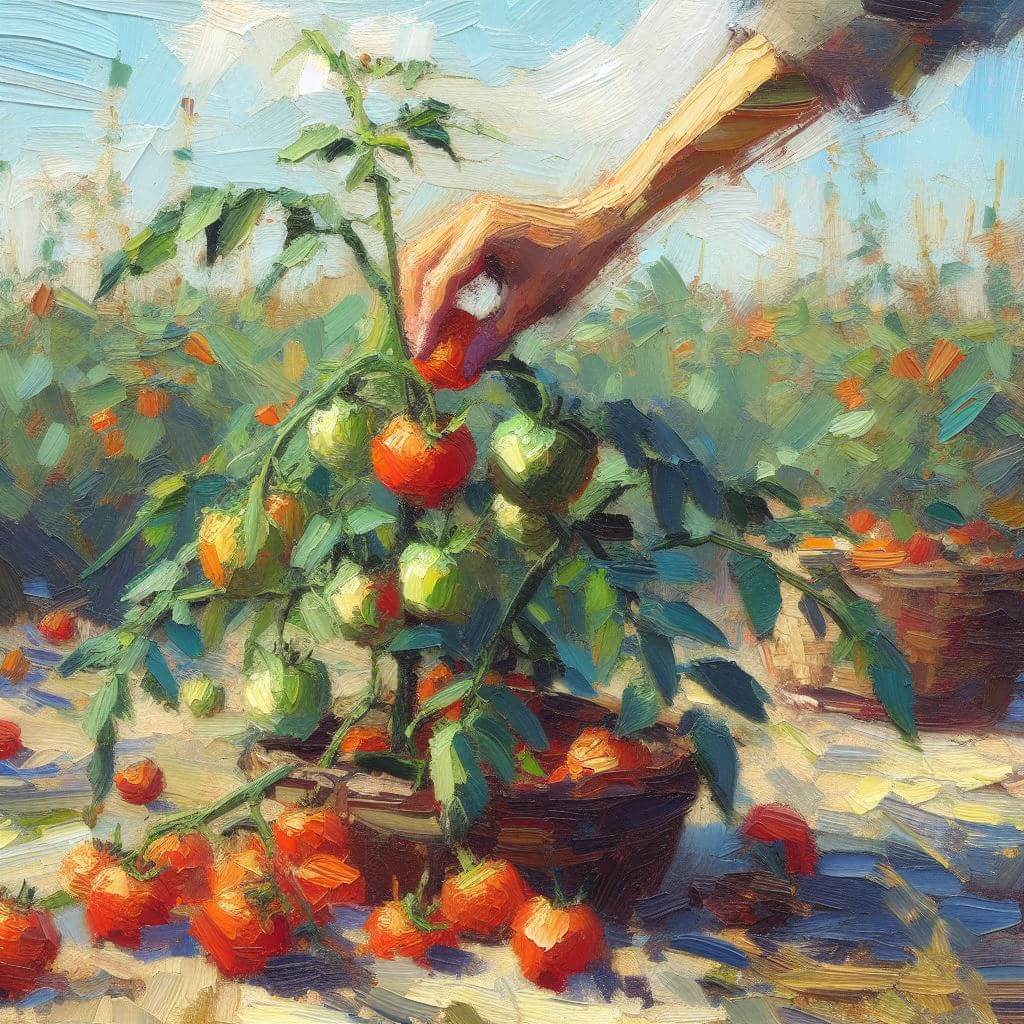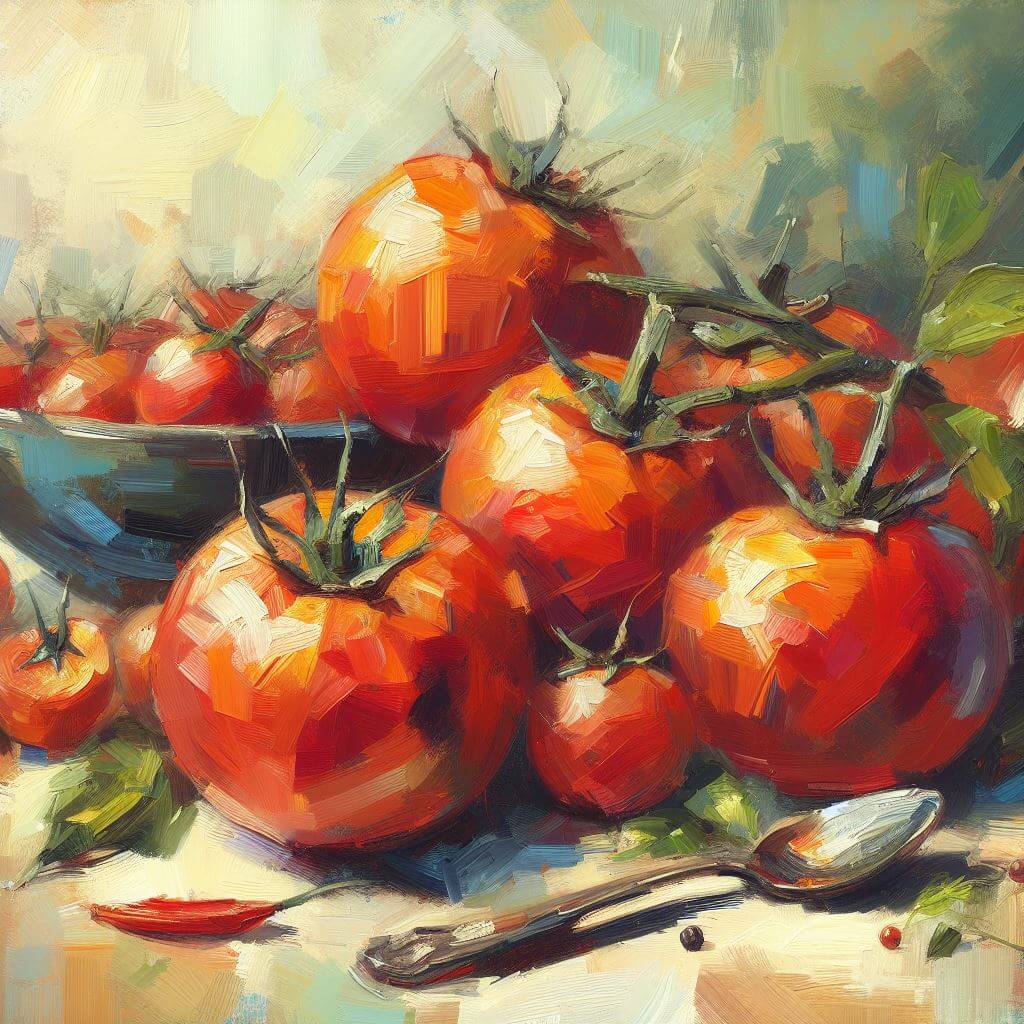
Welcome to the world of gardening, where patience rewards you with a bounty of fresh, home-grown produce! Today, we’re exploring the topic of growing tomatoes, a versatile and popular addition to any garden, specifically focusing on the nuances of planting them in New York.
The Tomato Plant
Tomatoes are a beloved staple in many households due to their versatility in various culinary uses. They are rich in nutrients, including vitamins C and K, potassium, and folate, making them a healthy addition to any diet. Tomatoes are also known for their high lycopene content, a powerful antioxidant that has been linked to numerous health benefits.
Growing tomatoes offers numerous advantages. Tomato plants are generally robust, capable of withstanding a range of conditions, and are highly productive, often yielding a large crop from a single plant. Plus, there’s an immense satisfaction that comes from harvesting and consuming your own produce.
New York as a Tomato Growing Spot
New York, with its diverse climate, offers unique advantages for tomato cultivation. The state experiences a mix of humid continental and humid subtropical climates, ideal for growing a variety of tomato strains. The soil composition in New York is also favorable for tomatoes, which thrive in well-drained, loamy soil. The state’s rainfall distribution ensures adequate moisture levels for tomato growth.

Best Time to Plant Tomatoes in New York
Timing is key when it comes to planting tomatoes. Spring is generally the best time to plant tomatoes, with late April to early May being the optimal window. This timing allows the plants to take advantage of the warm summer months, which are crucial for the growth and maturation of the tomatoes.
However, the planting time can vary based on the specific characteristics of the tomato variety and the microclimate of your garden. Some fast-maturing varieties can be planted later in the season, while others may require an earlier start.
When to Plant Tomatoes in New York: Region-Specific Recommendations
Northern New York
This region includes areas like Plattsburgh and Massena, characterized by a humid continental climate with cold, snowy winters and warm, humid summers. The best time to plant tomatoes is late May to early June, once the soil warms and the risk of frost has passed.
Central New York
This region includes areas like Syracuse and Utica and also has a humid continental climate. Warm and humid conditions prevail during the summer. Here, mid-May to late May is typically the best time to plant tomatoes, as frost is less likely.
Southern New York
This includes areas like New York City and Yonkers. The climate is more humid subtropical with milder winters and hot, humid summers. The safe window to plant tomatoes usually begins around early to mid-May, after the danger of frost has passed.
Eastern New York
This region, including areas like Albany and Poughkeepsie, experiences a transition between the cooler Northern and warmer Southern climates. The best time to plant tomatoes is mid to late May for the spring crop.
Western New York
This region includes areas like Buffalo and Rochester, and has a climate that sits between the cooler Northern and warmer Southern regions. Here, tomatoes can typically be planted in late May to early June, post the last frost.

Mastering the Art of Tomato Planting
Planting tomatoes is not a complex process, but it does require some careful planning and attention to detail. Here is a simplified guide to help you start your tomato gardening journey in New York:
Choosing the Right Variety
The first step is to choose the right variety of tomatoes to grow. Consider the size of your garden, your personal taste preferences, and the climate of your particular area in New York. Varieties like ‘Early Girl’, ‘Celebrity’, and ‘Beefsteak’ are known to thrive in New York’s climate.
Here are some additional varieties well-suited to New York conditions:
‘Brandywine’: This is a popular heirloom variety, known for its large, juicy tomatoes that are perfect for slicing. It’s a slow-grower but worth the wait.
‘Cherry Tomatoes’: These small, sweet tomatoes are perfect for salads. They mature quickly and produce fruit throughout the season.
‘Roma’: This variety is often used for making sauces and pastes due to its low moisture content. It’s a prolific producer and does well in a variety of conditions.
Start Seeds Indoors
In New York, it’s beneficial to start your tomato seeds indoors about 6-8 weeks before the last expected frost date. This gives your plants a head start and ensures they are strong enough to withstand outdoor conditions when it’s time to transplant them.
Transplanting Seedlings
Once the danger of frost has passed—usually late April to early May in New York—you can transplant your seedlings outdoors. Choose a spot in your garden that gets at least 6-8 hours of sunlight each day. Tomatoes need plenty of sun to produce a healthy crop.
Planting the Seedlings
When planting your tomato seedlings, dig a deep hole and place the plant into it, burying two-thirds of the stem. This encourages the growth of additional roots and helps to establish a strong, stable plant.
Watering and Fertilizing
Watering should be done thoroughly but infrequently, aiming to keep the soil consistently moist but not waterlogged. Fertilize your plants with a balanced vegetable garden fertilizer to ensure they receive all necessary nutrients.

Caring for Your Tomato Plants
Once your tomato plants are in the ground and starting to grow, your journey is far from over. Successful tomato cultivation requires regular care and attention. Here are some tips to ensure the health and productivity of your tomato plants:
Regular Watering: Tomatoes are thirsty plants and need a steady supply of water to thrive. Water deeply at the base of the plants, aiming for at least one inch of water per week, more during hot, dry spells. Avoid getting the leaves wet, as this can promote disease.
Mulching: Applying a layer of organic mulch around your tomato plants can help retain soil moisture, control weeds, and maintain a stable soil temperature. Straw, grass clippings, or shredded leaves make excellent mulch. Tomatoes are heavy feeders. In addition to a balanced vegetable fertilizer, you can add compost or well-rotted manure to provide extra nutrients.
Staking or Caging: Tomatoes can become heavy and droopy as they grow. Providing support in the form of stakes or cages can help keep plants upright, reducing the risk of disease and making the tomatoes easier to harvest.
Regular Pruning: Pruning helps increase airflow around your tomato plants, reducing the risk of disease. Remove any leaves that are touching the ground and any that have turned yellow.
Monitoring for Pests and Diseases
Keep a close eye on your tomato plants for signs of pests or diseases. Common issues can include aphids, tomato hornworms, and diseases such as blight or blossom end rot.
Rotate your tomato planting area each year to prevent soil-borne diseases from building up. Also, avoid watering your tomatoes from the top, as wet leaves can promote disease.
Wrapping Up
Pick your tomatoes when they are fully colored but still firm. If a frost is expected, you can pick your tomatoes green and ripen them indoors.
With the right timing, care, and attention, you’ll be well on your way to a bountiful harvest.
Remember, gardening is a journey, not a destination. Enjoy the process, learn from your experiences, and most importantly, have fun. Happy gardening!



